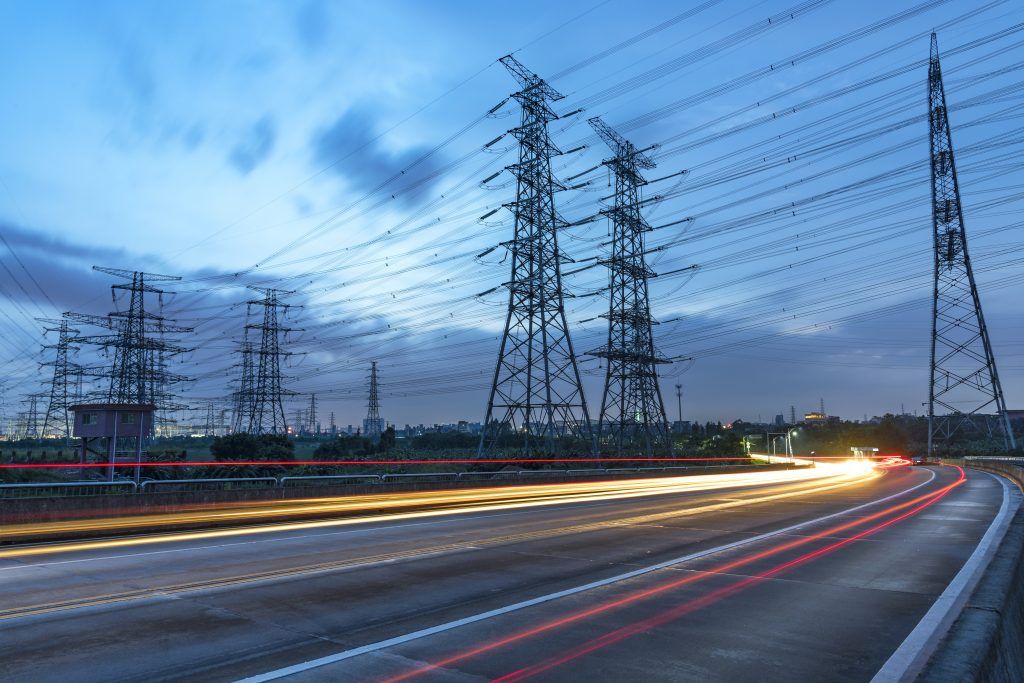Alex Hinchcliffe, Interim Managing Director at Mer UK, discusses the current state of the public electric vehicle (EV) charging network.
The negative sentiment about electric vehicle (EV) charging that the media portrays is overdone. If we look at the maths, there are around 54,000 public charge points and one million pure EVs on the road in the UK. That’s one charge point for just over every 18 EVs. And we’re just at the start of the journey.
As the EV industry evolves to target mass market buyers rather than the early adopters, we can expect growth to become less linear. Pragmatic buyers rationalise their buying decisions, but they don’t all share the same concerns or value the same benefits. Barriers to purchasing an EV vary: for some it’s cost, for others it’s charging availability. These worries, natural for an emerging market, will go away over time.
Removing financial barriers
Recent price cuts have improved the affordability of EVs. This will continue as new models become available and competition heats up. Installing home-chargers currently attracts grants for renters, flat owners and landlords, as well as for workplaces, and there are attractive benefits-in-kind tax rates for drivers of low emission vehicles. For many drivers, access to cheaper overnight charging and low servicing costs makes EV ownership attractive.
More strategic public charge point rollout
There was a 45% increase in public chargers between December 2022 and 2023. Completed infrastructure planning – especially for bigger hubs – indicates further solid growth over the next two years (2024-26). We will see a significant number of multi-bay, ultra-rapid charging stations installed on motorways and major A-roads.
Progress from 2026 will depend on what happens next and while growth forecasts for the coming two years are good, one of the key market drivers for the future rollout of public charge points is investor appetite. Investors look for a three-to-five-year payback, but the global economic downturn and government policy changes to the phase out of new ICE car sales mean that investors are more discerning about project bankability.
There’s a need to balance EV driver demand for new chargers beyond 2026 with optimising returns to investors. This doesn’t mean reducing our pace of delivery. By working strategically to install chargers where there is high demand, we can satisfy both sets of stakeholders.
Lessons from Norway
Norway leads the global public charging infrastructure league table. In 2022, over 80% of cars sold were electric. Despite sitting on huge oil reserves, Norway is committed to the energy transition and developing clean transport for the greater good. It is an example of what is possible when making a single-minded, comprehensive strategic commitment to electric mobility.
Harsh weather conditions and low temperatures makes Norway a hostile environment for EV charging and driving. Mer has learnt lessons from its experiences in building infrastructure in Norway where it takes reliable, high-quality equipment and an ability to resolve faults quickly. This calls for a resilient and reliable back-office system to maximise charger availability. By participating in roaming agreements and removing limitations on payment options, the industry has improved users’ charging experience and enabled widespread adoption.
Norway has applied government grants and tax incentives consistently. Its ‘polluter pays’ approach introduces higher levels of tax (25%) for ICE vehicles, and the ban on new ICE sales too has been brought forward to 2025.
Alongside financial incentives to switch, the Norwegian government has invested in education programmes about the benefits of driving EVs.
Growth won’t be a straight line
With so many variables involved in buying decisions, and widely varying circumstances of people who make up the mainstream market, we shouldn’t expect straight-line growth. Pricing reviews among leading EV manufacturers together with increased competition will remove some of the barriers to EV adoption.
Players in the electric mobility ecosystem have an opportunity to work together to give consumers a balanced perspective on EV ownership, dispel some of the myths and win over mainstream buyers. No doubt, the whole EV ecosystem faces hard work in the next few years to achieve the UK targets for public charging infrastructure, but talk of an infrastructure crisis based on non-linear market growth is overdone.
Image of Alex Hinchcliffe courtesy of Mer.








